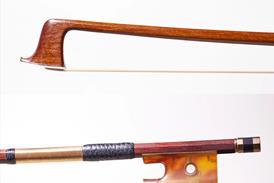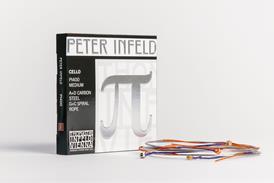Making the transition from practice room to concert hall, whether for a competition or public performance, is itself a technical challenge. These tips were extracted from a masterclass given by Marianne Piketty and Nora Chastain and first published in 2014

On interpretation
- If you’re not sure how to phrase a line, sing it or imagine you are playing a wind instrument. You’ll find it comes more naturally this way, and then you can transfer that to your instrument.
- Rests are music as much as notes. Interpret them.
- Always ask questions. If a part has been edited by someone other than the composer, ask yourself why certain marks have been made.
- When playing contrasting sections within a work, the important point is to alter your intention. Changing dynamic alone won’t alter the message of the music.
On technique and preparation
- Practise phrases very slowly to make sure that you have the right sound colour.
- You might be able to hear yourself when you fade out at the end of the phrase, but that sound may not carry to the audience; when you play roughly, some of the nastiness under your ear won’t carry far either. Remember to play for your listener, not just for yourself.
- Test the limits of your instrument by playing scales. How hard can you play, and how near the bridge? Knowing this is valuable for concerto playing.
- If you use less pressure in your left hand, your pizzicato will carry better.
- When playing harmonics, the note won’t resonate properly if you remove your finger from the string too early.
- Vibrate under the note, not around it (eg for vibrato on a G, rock down to the F sharp and then back up to the G), or you will sound unfocused and out of tune.
- When your finger is trilling, think of a piano hammer: the trilling hammer moves cleanly up and down on a perfectly in-tune note; the neighbouring hammers stay still.
- Position your bow at different angles on the string for different sound effects. The higher your right elbow, the greater the resistance on the string. Greater resistance is especially good for a clear G-string harmonic.



































No comments yet